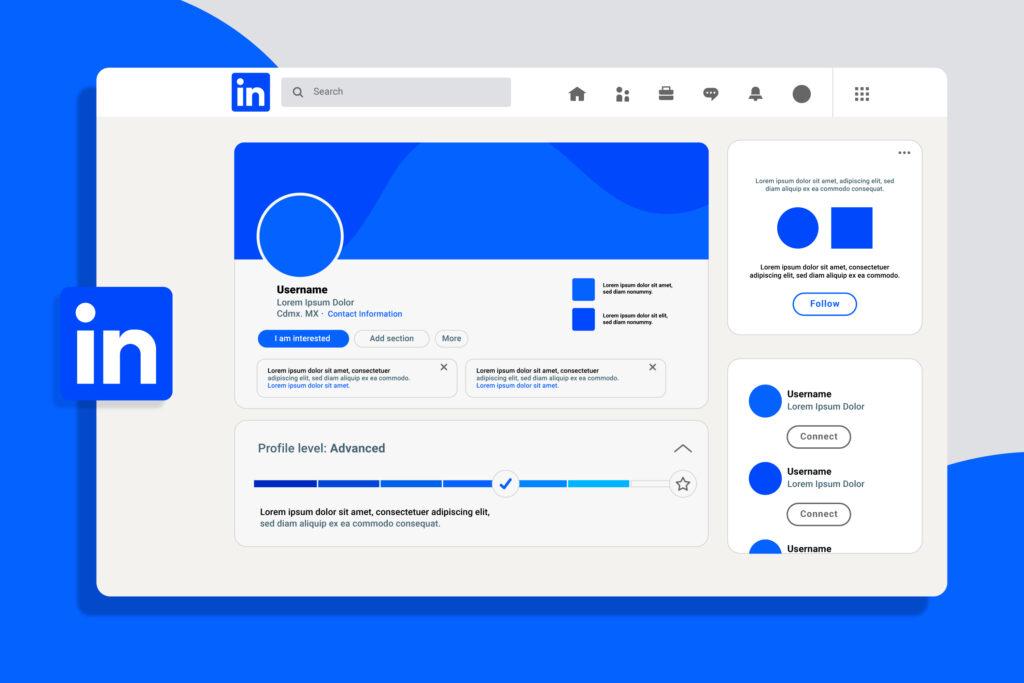A digital marketing plan is a detailed document. It outlines a company’s strategy for reaching its target audience online. A good digital marketing plan defines your goals. It also provides a clear path to achieve them. Here is a seven-step guide to developing a digital marketing strategy.
The 7 Steps of a Marketing Plan?
1. Set Clear Goals and Objectives
Every effective digital marketing strategy starts with specific goals. Your goals should be SMART (Specific, Measurable, Achievable, Relevant, Time-bound). This clarity aligns with your team’s efforts. It ensures everyone is working toward the same goals. For example, a goal can be to increase website traffic by 30% in six months. Breaking these goals into smaller, achievable tasks will help you track your progress and stay motivated. Well-defined objectives can help with resource allocation and prioritizing marketing initiatives more efficiently.
2. Understand Your Target Audience
Know your audience. It’s key to creating messages that inspire action. Conduct extensive market research. It should reveal demographics, preferences, web habits, and pain points. Use tools like Google Analytics and social media analytics. Also, use consumer surveys. They will help you understand your target audience. Segment your target group by key traits. Then, customize your marketing to fit. It lets you create content that meets your audience’s needs and interests. Knowing your audience boosts engagement and conversion rates.
3. Perform a Competitive Analysis
A competitive analysis shows what your rivals do well and where they fail. Use a SWOT analysis to find market gaps to exploit. It should assess strengths, weaknesses, opportunities, and threats. Use tools like SEMrush, Ahrefs, and social media listeners. They can help you learn about your competitors’ digital marketing efforts. Consider their content, keywords, social media presence, and client feedback. This analysis shows industry trends and benchmarks. Use it to improve your marketing strategies. Knowing the competitive landscape lets you differentiate your business and stay ahead of rivals.
4. Develop Buyer Personas
Buyer personas are detailed profiles of your ideal customers. They are based on research and data. Include information on statistics, job titles, interests, challenges, and purchasing habits. These personas help you understand your audience’s motives and needs. They will help you build more effective, targeted marketing efforts.
Use real data from existing customers and market research. This will create realistic, representative personas. Clear personas make your marketing more relevant and personal. This boosts engagement and conversions.
Create detailed profiles of your ideal customers, referred to as buyer personas. Include details like age, gender, job title, interests, and obstacles. It lets you tailor your content and campaigns to your audience’s needs and tastes.
5. Choose Your Digital Marketing Channels
To reach your target audience, use the right digital marketing platforms. Consider where your audience spends their time online. Which platforms do they use most? Options include content marketing, social media, email, SEO, and PPC.
Each channel has unique characteristics and is best suited to different sorts of interactions and goals. For example, social media is excellent for brand exposure and engagement, yet SEO is critical for organic traffic. Allocate your budget and resources according to the potential ROI of each channel. A multi-channel strategy offers a broad reach and maximizes your marketing efforts.
6. Create Engaging Content
Creating engaging content is the foundation of any effective digital marketing strategy. Create a content plan that is consistent with your audience’s interests and marketing objectives. This includes creating a content calendar to schedule and arrange the content you produce on several channels.
The content you produce should be useful, relevant, and consistent with your brand’s voice. To keep your audience interested, use a mix of formats. Try blogs, videos, infographics, and social media updates. High-quality content grabs the audience’s attention. It also inspires sharing, which expands your reach.
7. Measure and Analyze Your Results
It’s crucial to measure and analyze your results. It shows how effective your digital marketing campaigns are. Use tools like Google Analytics, social media insights, and CRMs to track KPIs. These include website traffic, conversion rates, engagement metrics, and ROI. Regularly examine this data to find trends, achievements, and places for improvement. Adjust your strategy based on these insights to ensure ongoing optimization. A data-driven approach leads to better decisions. It helps justify your marketing budget. Regular analysis keeps your digital marketing strategy effective and aligned with your goals.
Digital Marketing Plan Example
Consider a tiny e-commerce business seeking to increase sales.
Their 2024 digital marketing strategy might aim to:
- Grow website traffic by 25%.
- Increase email subscribers by 15%.
- Improve the conversion rate by 10%.
They’d research the audience, create buyer personas, and select channels like SEO, social media, and email. They’d make a content calendar, track stats, and adjust their strategy based on the results.
These seven stages will help you build a strong digital marketing strategy for 2024. It will drive your company’s success and growth.



